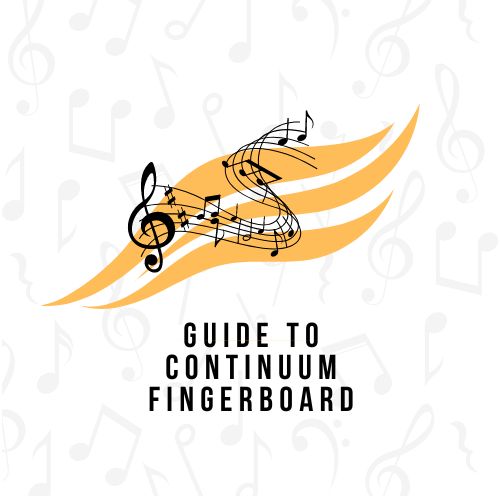The Continuum Keyboard, also known as Haken Continuum, is a synthesizer and MIDI controller initially developed by a professor of Electrical and Computer Engineering, Dr. Lippold Haken. From 1983 to 1998, the Continuum Fingerboard was developed at the University of Illinois at CERL Sound Group. This instrument is initially used to control sound-producing algorithms on Platypus audio signal processor and Capybara workstation. In 1999, the first Continuum Fingerboard was sold commercially by the Haken Audio in Champaign, Illinois.
In its developing state, the Continuum Fingerboard had provided a standard interface for a serial bus’s high-speed communications and real-time data transfer called the IEEE-1394 FireWire. This connection was presented to control the Kyma visual programming language, MIDI connections, and MIDI synthesizer module. In addition to that, this instrument generates audio directly. However, years later, the previous IEEE-1394 connection has been removed on the newer models. Moreover, a CV/gate analog controlling synthesizer permits control to modular synthesizers.
The continuum fingerboard features a touch-sensitive synthetic rubber called neoprene for its playing surface. The full-size continuum’s neoprene measures about nineteen centimeters high by 137 centimeters long. Meanwhile, the half-size of the continuum measures seventy-two centimeters long. This rubber surface allows the player to play in a pitch range of about 7.79 octaves on the full-size instrument, and 3.84 octaves for the half-sized continuum.Furthermore, sensors under the continuum’s playing surface respond to the position of the player’s fingers. It is also able to respond through pressure in three dimensions, as well as to provide pitch resolution. With this, the instrument allows a continuous pitch control for the portamento effect. This feature also allows the player to apply vibrato and pitch bend, as well as to control the notes that are not in the twelve-tone scale.
Aside from that, the continuum fingerboard also provides two parameters for sound. Through that, the instrument was able to transmit the finger pressure on the board as a MIDI value. These parameters are programmable. In fact, its axes correspond with pitch, timbre, and change in amplitude. The continuum fingerboard is also capable of up to sixteen simultaneous voices. The recent versions of the continuum brought several features as well as sound diversity to the internal synthesizer of the instrument. With that, the continuum fingerboard is now considered as a stand-alone instrument and controller.
In 2008, this instrument featured a new, built-in modular digital synthesizer. This feature is specifically designed for the EaganMatrix version of the continuum fingerboard. This instrument was named after the Canadian composer named Edmund Eagan. Moreover, EaganMatrix uses a patching matrix in order to design synthesis algorithms. Besides, this matrix interconnects several variations of modules, including the electronic oscillator, modulation, delay, spectral manipulation, waveshaping, kinetic modeling, shape generator, granulation, and waveguide physical modeling.
Every three dimensions of the continuum fingerboard’s surface, the x-axis, y-axis, and z-axis, are able to influence each patch point in the matrix. Through this, the performer can create relationships between the flow of sound from patch source to its destinations and the playing surface of the instrument.
In contemporary music, the continuum fingerboard’s major proponent is the keyboardist of the metal band Dream Theatre, Jordan Rudess. In fact, each of the band’s studio albums from their Octavium in 2005 up to their A Dramatic Turn of Events in 2011, Dream Theatre included the continuum in at least one of their songs.
Also, in 2007, an Indian composer, A.R. Rahman, featured the continuum fingerboard in his 2007 Dimension Tour of North America. Following that, he also uses the instrument in performing his composition for the Changing Notes Concert in Chennai, India. In 2009, Rahman used the continuum for the song Rehna Tu in the film Delhi-6, as well as in his new version of the song, Mile Sur Mera Tumhara.
In 2019, Rudess featured the mini version of the continuum fingerboard, ContinuuMini, inhis live set-up.
Another performer who uses continuum fingerboard is an American musician, Sarth Calhoun. He uses the said instrument with the band Lucibel Crater while working with another musician, Lou Reed. Following that, in the band founded by Lou Reed, Sarth Calhoun, and Ulrich Krieger, called The Metal Machine Trio, Sarth and Lou both used the continuum on stage.
Other musicians like Randy Kerber, Amon Tobin, and John Paul Jones were also some of the several continuum fingerboard players.

